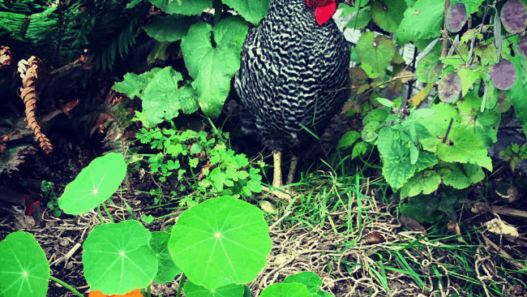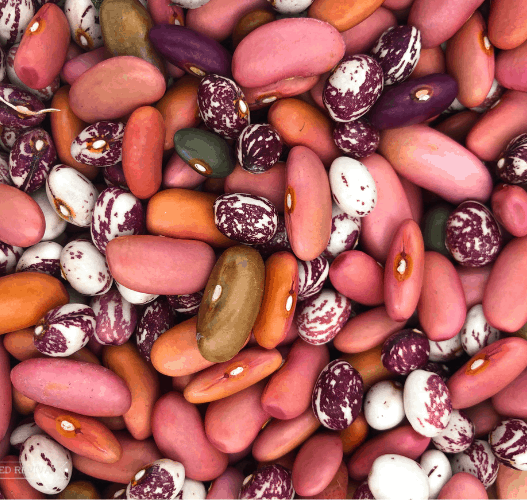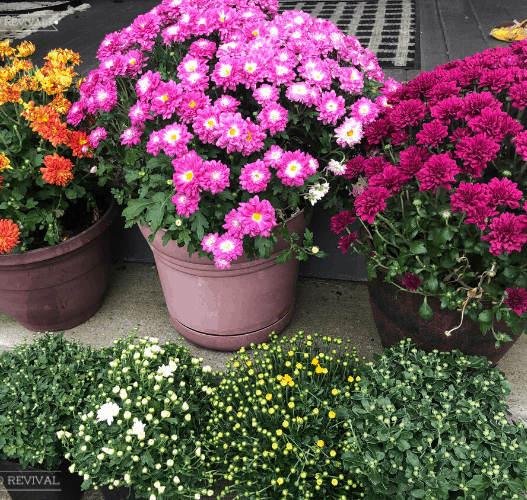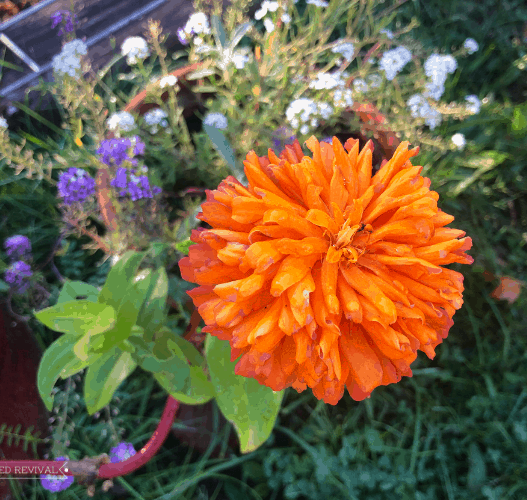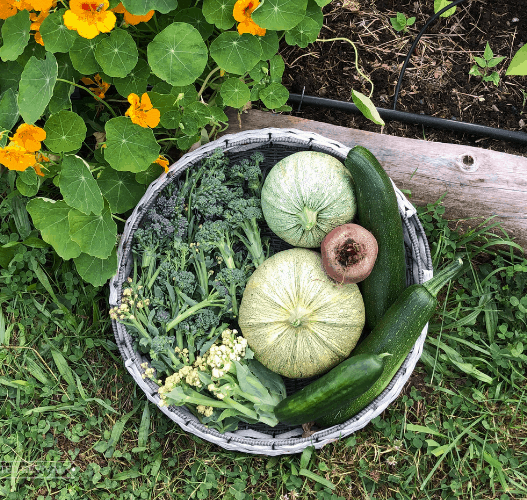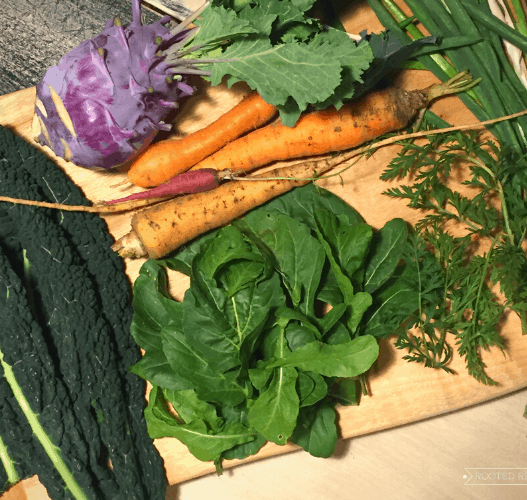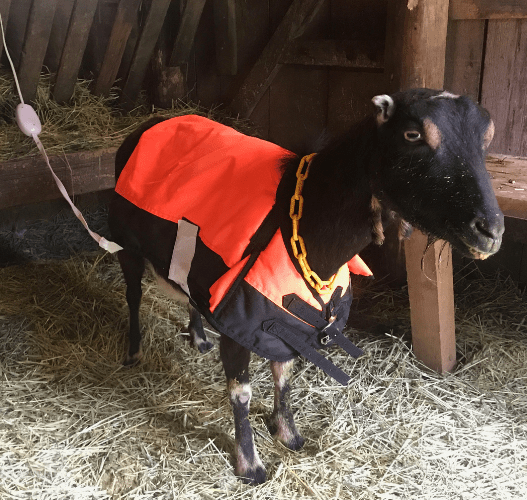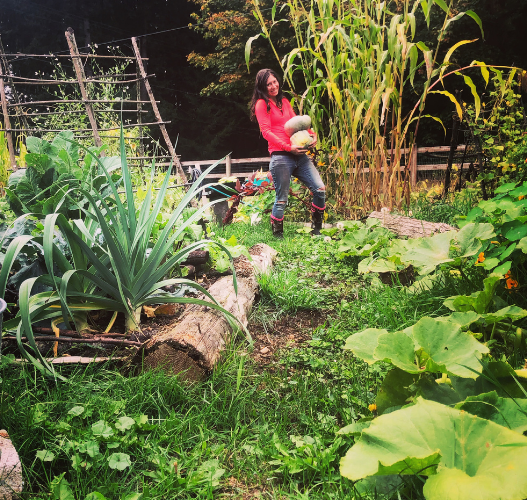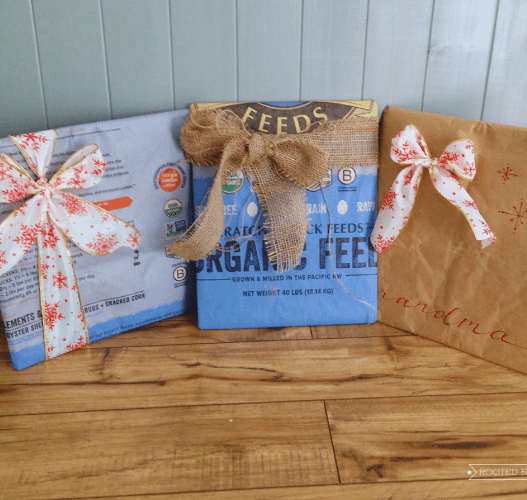Chickens + Gardens
It seems like a beautiful combination! But all that is before they start pecking fruit and veggies, and all the endless hunting and scratching! Yikes!
So, over the years, I’ve developed an arsenal of tricks to keep the peace between my plants and my chickens. None of it is fool-proof, and sometimes the chickens still win. But, these methods (along with rigorous patrols!) have allowed our garden, our plants and our chickens to co-exist in a semi-utopia at last!
My best six strategies are:
- Use cloches
- Use rocks (cleverly arranged)
- Use branches
- Flats/trays
- Wire
- Fences
Let’s dive into these 6 strategies and how you can get the best results!
6 Ways to Protect Garden Plants from Chickens
1. Cloches
Cloches are amazing! They are basically little wire cages for your plants. Cloches help protect plants from birds (looking at you chickens!), squirrels, deer and more!
You can also drape floating row cover over them to also protect from pests, like cabbage moth and leaf miners.
Cloches can be purchased or homemade. You can also use wire mesh wastebaskets! I make my cloches out of chicken wire but you can also use heavier-duty wire mesh.
You can also make them as big or little as you need. Here is a full tutorial on how I make my chicken wire cloches.
I always keep a bunch of wire cloches on hand because they work incredibly well on our homestead. They are so easy to install!
I use a few landscape stakes to secure them and they will generally stay in place despite intense chicken scratching.
Once the plant is established, I pull the cloche off and protect the plant (if needed) using rocks, branches or garden fencing around its base.
2. Rocks
If you have a plant that is already established, but you want to protect the roots, you can surround them with medium-large stones or rocks.
The rocks will help protect the root ball area of the plant. This is especially helpful if you have chickens that scratch in your flower beds.
I do this with a lot of my perennials that are within “chicken territory” and it works really well! The chickens will scratch all around them but will generally leave the plant untouched.
Without the rocks, I end up with a lot more root damage as the chickens scratch all around the poor plant and expose its root ball.
I have found, though, that the secret to success is keeping the rocks close to the base of the plant so that the chickens can’t access the space between the rocks and the plant.
3. Branches
My neighbor actually turned me on to this genius way to protect garden plants from chickens!
Unfortunately, she had to use it because our chickens started raiding her freshly planted berry bushes – smh!
You can lay large sticks or branches in criss-cross fashion around the base of your plants to protect them, similar to the way you would use the rocks.
I recently also started using this method in my raised beds to protect exposed soil where I have freshly sown seeds.
The chickens LOVE the exposed soil and will dig in it every chance they get. But, once I cover it with some branches, they leave it alone. This method allows the seeds to still get plenty of light to germinate.
Once they are established, I remove the branches as needed or leave them in place to fill in the open gaps between plants.
4. Flats/trays
I can’t remember where I picked up this little trick, but it works incredibly well! Once you sow your seeds, you can actually flip a seed flat tray upside down and use it to protect the freshly sown soil.
I have found that I sometimes need to stake down the flats or place a large rock on them so that the chickens don’t kick them up.
I have also noticed that the flats works really well to provide just enough shade to help keep the soil moist which is vital for seed development.
This is especially helpful when you are sowing seeds during hot spells when the soil dries out faster.
5. Wire
My tried and true go-to solution for protecting garden plants from chickens at bay is wire fencing! But, instead of using it as fencing, I lay it on the soil to protect the germinating seeds and young plants.
My favorite fencing to use for this purpose is 2”x4” welded wire. It’s sturdy enough to keep the chickens at bay but it’s light-weight and easy to work with.
We usually have a roll of it on hand, so I just cut what I need to fit the growing space. However, I have used lots of different kind of fence wire for this purpose – from woven wire to cattle panels and even small decorative garden fence – and they all work just fine!
There are two methods that I generally use when laying out the fencing panels on the soil. For areas where the chickens do a lot of intense scratching, I will sow my seeds/plants and then place the wire over them, flat against the ground.
The plants will then grow up between the wires and the wire stays in place to deter scratching throughout the growing season.
The second method works best for areas that aren’t as intensely scratched up by the chickens. I bend a large piece of wire so that it creates a slight curve.
Then, I place it over the freshly sown soil or seedlings, ensuring that the wire is bent enough to given them some extra room for growth.
Once the plants have matured enough that they are close to touching the wire, I remove the wire so they can continue growing.
Usually by this stage, the plants have filled in the area enough to discourage the scratching chickens.
6. Fences
Fences really do make for the best neighbors… especially for chickens!
Our whole garden area is fenced with 4 foot 2”x4” welded wire fencing. This helps deter most of the chickens.
But, every once in a while, a few will find their way over or under it despite my best efforts. That’s why I still cover freshly seeded areas and young plants with one of the methods listed above.
At our Idaho property, it wasn’t an option to fence our entire garden because of the property layout.
However, we used garden fence just inside the perimeter of each of the raised beds. This helped deter a lot of the chickens!
The garden fencing comes in a variety of heights, too! You can see more in-depth detail on how we used these fences in this post.
I still use leftover pieces of that garden fencing to protect some of my more vulnerable or newly planted perennials.
Simply wrap a circle of it around the plant and drive the pokey stakes into to soil. I will sometimes use additional garden stakes to help make it extra secure. These little fences do a great job and have saved a lot of plants from otherwise certain death at the claws of our marauding chickens!
What Are The Main Problems With Chickens…
Now, don’t get me wrong – chickens absolutely can benefit a garden in many ways! In fact, I can’t imagine gardening without them!
But, like anything, we need to be able to harness their amazing abilities and apply it in the correct places. Which is why we planted a “chicken garden” this summer to give them their own space to graze and destroy!
Despite all my best efforts, our free range chickens still get into my garden from time to time when I don’t want them there. Plus, my homestead is constantly under development. I’m always sowing or planting something, whether in the garden or in our many perennial planting beds. Nothing is more discouraging than seeing all that hard work and money wasted because of a chicken!
While the chickens occasionally cause problems from pecking at my fruits and veggies, the true issues come from the scratching!
Chicken can be ravenous hunters! They will scratch up any exposed patch of soil looking for delicious bugs. While this can be a very handy pest solution, it can also mean the death of your plants – especially seedlings and young, unestablished plants or freshly sown seeds!
